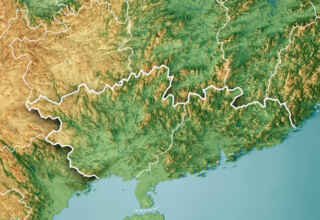
For some decades now, it has been known that the Asian continent leads the global chip industry and is the largest market, accounting for 60% of global sales – of which 30% are produced by China alone. Moreover, US production fell by 12% in 2020 and Europe’s by 35%, the reason being that with the COVID-19 pandemic, the semiconductor industry saw a drop in production that has been recovering and rising in recent years.
Last July, the European Union gave the go-ahead to the chip industry’s production expansion plan in the region, signing into law the EU Chip Act with a $47 billion backing to boost the industry. Following a new era of the race for chips, the European Commission welcomes this new deal which is seen to be based on strong geostrategic interests in both Asia and the United States. As already mentioned, both the European Union and the rest of the world rely heavily on Asia for chip manufacturing and the United States for chip design. The aim of this agreement is to double the global market share to 20% by 2030 and to promote a European design ecosystem with innovation and growing relevance, in order to be less dependent on other countries in the following decades.
This Act is made up of several pillars that constitute an action plan for this project. The first pillar addresses the envisaged reinforcement of Europe’s leadership and the promotion of the European market so that other countries can consume from our chip industries. To this end, Member States, private and public actors will financially support the strategic orientation of this initiative. The second pillar states that these suppliers will be strengthened and incentivised to make investment attractive by establishing a framework for EU Integrated Production Facilities and Open Foundries. Finally, the third pillar states that a coordination mechanism will be set up to ensure compliance, monitoring and the creation of a larger core of project participants to compete with Asia for the chip industry. These three pillars will be legally formalised in February 2023.
Following steps towards coordination, the EU has launched alongside these two initiatives on GAIA-X cloud and secure cloud certification at EU level, which despite their potential lack political support. The EU’s Chip Act should be taken as a model to follow and provide examples on how to move forward in many different technology industries, such as AI, industrial automation and 5G/6G development. Finally, it is now relevant to consider, both for the EU and the Member States, that the contribution to the semiconductor industry needs to be significantly improved, as it paves the way towards strategic autonomy for the dependent world we live in.
References
Cyber Risk GmbH (n.d). The European Chip’s Act. Retrieved from:
https://www.european-chips-act.com
Kaur, D. (2021, March 26th). Is the world too dependent on Asia’s semiconductor industry?. Techwire Asia. https://techwireasia.com/2021/03/is-the-world-too-dependent-on-asias-semiconductor-industry/
By The European Institute for International Law and International Relations.












